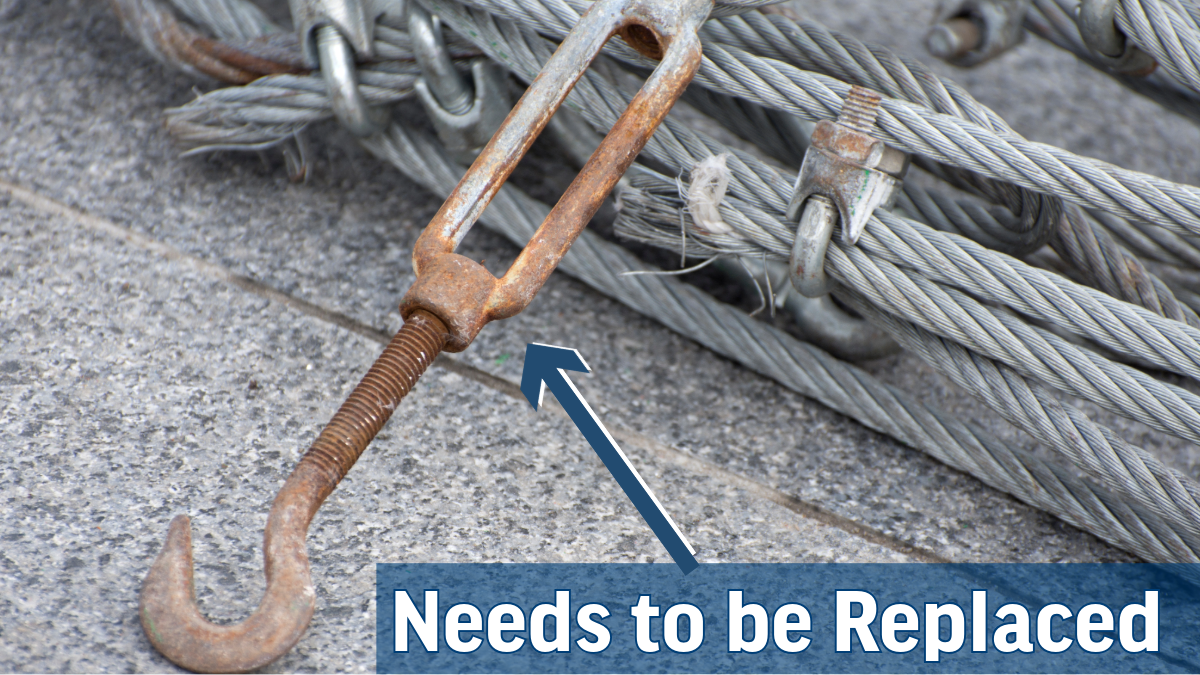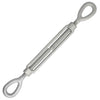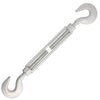Guide to Turnbuckle Maintenance and Replacement
Turnbuckles are essential tools in various applications, from tightening cables on a sailboat to adjusting the tension on a zipline. However, like any piece of equipment, they can encounter problems. Here’s a guide on identifying and fixing common turnbuckle issues and knowing when and how to replace them.
Common Problems: Identifying and Fixing Turnbuckle Issues
Thread Seizing
Imagine you're out sailing, and while tightening a line, the turnbuckles on your rigging won't budge. This could be due to thread seizing, where the threads become stuck, making adjustments difficult. To fix this, apply penetrating oil to the threads and use a gentle back-and-forth motion to free them. Regular lubrication—such as with an Anti-Seize Stick—can prevent this issue from happening in the future.
Corrosion in Marine Environments
In marine environments, like maintaining a dock, you might notice that the turnbuckles securing your boat lift are rusty and corroded. Rust or corrosion weakens the turnbuckle. Using corrosion-resistant materials like stainless steel turnbuckles and cleaning and drying them regularly can minimize rust. Regular inspections can catch corrosion early before it compromises safety. Make sure to choose marine-grade products made from premium stainless steel to resist corrosion in harsh environments.
Bending or Distortion Under Heavy Loads
In structural applications, such as supporting beams or tensioning cables, turnbuckles may bend due to overloading or misalignment. Ensure proper alignment during installation and adhere strictly to the specified working load limits. Replace any turnbuckles showing signs of bending or distortion immediately to prevent structural failures.
Wear and Tear on Construction Sites
On a construction site, turnbuckles used in scaffolding might show signs of significant wear from regular use. Regularly inspect turnbuckles for signs of wear and replace worn parts promptly to maintain safety and performance standards. Keeping a maintenance log can help track wear and anticipate replacements.
Replacement Guide: When and How to Replace a Turnbuckle
When to Replace
- Severe Corrosion: Replace turnbuckles showing significant rust or pitting, particularly if it compromises structural integrity.
- Thread Damage: Replace if threads are stripped or worn, impairing the ability to maintain tension.
- Structural Damage: Immediate replacement is necessary if the turnbuckle is bent, cracked, or otherwise compromised.
- Signs of Galling: Replace turnbuckles if galling has caused significant damage to the threads, preventing smooth operation.
How to Replace
- Remove the Old Turnbuckle: Loosen and disconnect the turnbuckle from the cables or rods.
- Select a Suitable Replacement: Choose a turnbuckle of the same size and material, or one that is appropriately rated for your load and environment.
- Install the New Turnbuckle: Secure the ends, adjust to the desired tension, and ensure all components are aligned and properly secured.
For more details on how to install a turnbuckle, visit our guide to turnbuckle installation. Key details on different styles of turnbuckles and how to use them in your next project can be found here.
Lock In the Safety and Efficiency of Your Rigging Setup
By regularly inspecting and maintaining your turnbuckles, and knowing when to replace them, you can depend on the safety and efficiency of your rigging setup. Whether you're dealing with sailboat rigging, zipline tensioning, or construction scaffolding, keeping your turnbuckles in top condition is crucial.
Explore Our Turnbuckle Products
Our range of turnbuckles is designed to meet various needs and environments, proving you find the perfect solution for your projects. Browse our turnbuckle collection to explore durable, high-performance options from Pro-Strand and HAAS. From marine-grade stainless steel to heavy-duty construction turnbuckles, we've got you covered.








